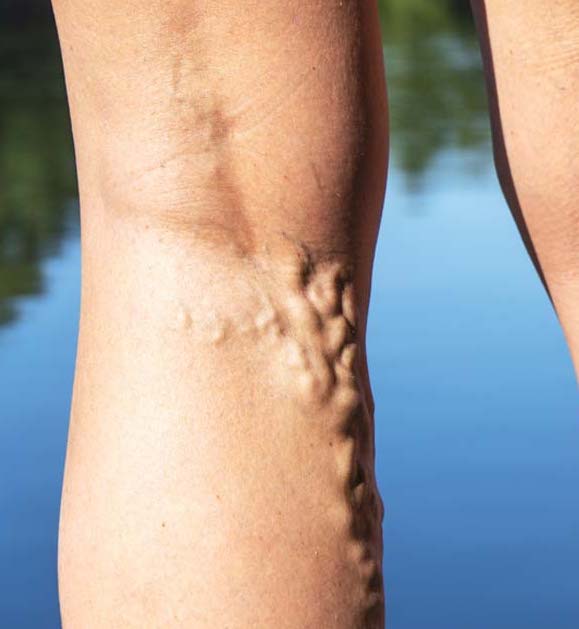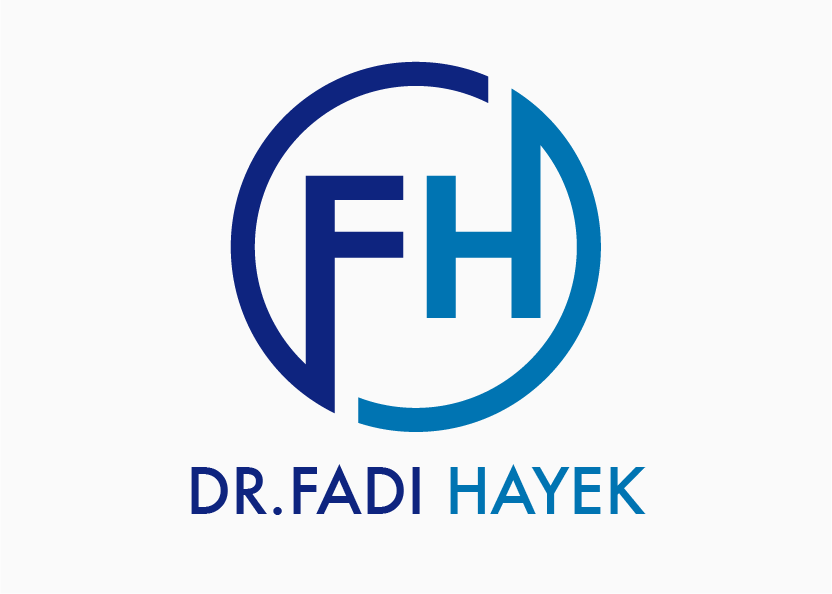
Varicose veins are twisted, enlarged veins. Any vein that is close to the skin’s surface (superficial) can become varicosed. Varicose veins most commonly affect the veins in the legs. That’s because standing and walking increase the pressure in the veins of the lower body.
For many people, varicose veins and spider veins a common, mild variation of varicose veins are simply a cosmetic concern. For other people, varicose veins can cause aching pain and discomfort. Sometimes varicose veins lead to more-serious problems.
Weak or damaged valves can lead to varicose veins. Arteries carry blood from the heart to the rest of the body. Veins return blood from the rest of the body to the heart. To return blood to the heart, the veins in the legs must work against gravity.
Muscle contractions in the lower legs act as pumps, and elastic vein walls help blood return to the heart. Tiny valves in the veins open as blood flows toward the heart, then close to stop blood from flowing backward. If these valves are weak or damaged, blood can flow backward and pool in the veins, causing the veins to stretch or twist.
Varicose veins might not cause pain. Signs of varicose veins include:
- Veins that are dark purple or blue
- Veins that appear twisted and bulging, often appearing like cords on the legs
When painful signs and symptoms of varicose veins occur, they might include:
- An achy or heavy feeling in the legs
- Burning, throbbing, muscle cramping and swelling in the lower legs
- Worsened pain after sitting or standing for a long time
- Itching around one or more of the veins
- Changes in skin color around a varicose vein
- Exercise
- Compression stockings
- Sclerotherapy
- Laser treatment
- Catheter-based procedures using radiofrequency, glue or laser energy
- Ambulatory phlebectomy
